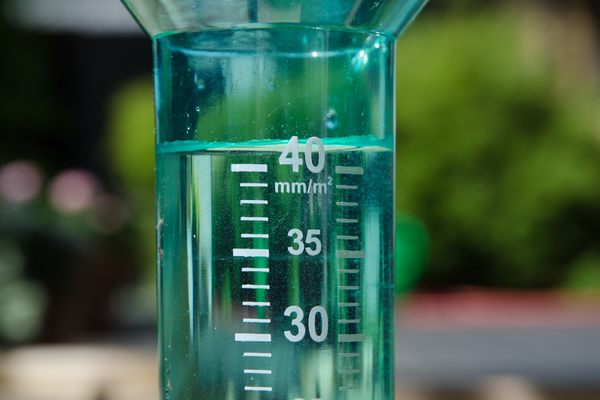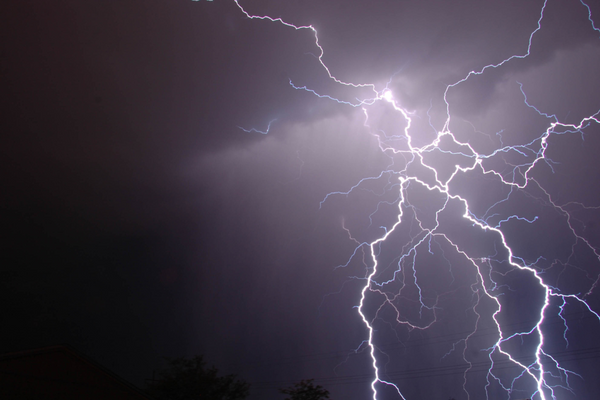Spotting the Signs of Early Autumn Weather

2 minute read
As September comes to a close and the cooler, cloudier days arrive throughout the UK, most of us are feeling the slow change in the weather. Following a record-breaking spring and summer of soaring temperatures and minimal rainfall, the transition to colder mornings and evenings comes as a greater shock this year. Late September, when autumn officially begins, is definitely one of the most fascinating times of the year to monitor the weather. Having knowledge of how to spot the changes really sets you ahead, especially with the right weather monitoring gear.
Slow Cooling, Especially at Night
One of the most certain indicators of changing seasons is the drop in temperature, particularly early mornings and evenings after dark, while afternoons can still be pleasant and warm. For gardeners or individuals who take a morning stroll, they will begin to feel the difference. With the use of a thermometer, one can determine just how rapidly air is changing, and to get the most accurate readings, using a shaded instrument shelter called a Stevenson screen will keep your findings from being affected by direct sunlight.
Changes in Pressure Before Autumn
Barometric pressure also plays a pivotal role in signalling the onset of seasonal change. Subtle trends have a tendency to emerge in September that signal the advent of cooler air, unsettled weather, or increased winds. Whether a conventional barometer, a barograph, or an electronic weather station, tracking pressure trends for three or four days can signal when autumn weather patterns are in motion.
Humidity Before Autumn Showers
Despite the cooling trend, September occasionally offers bursts of heat and humidity at times, particularly preceding showers or scattered thunderstorms. A noticeable rise in dew point or a change in stickiness generally foreshadows a change. Using a hygrometer can help you track these shifts in humidity and see the subtle signs of autumn weather approaching.
Noticeable Breezes
Another subtle but noticeable shift in the weather is felt in the wind. September nights are generally windier than those of mid-summer, showing the displacement of different air masses. Such winds typically advance cooler and drier marine air, a sign that autumn's hold is growing day by day.
October Outlook
Before October, the UK autumn forecast predicts an even more pronounced seasonal change. Nights will get significantly longer and chillier, and the first frosts will begin to appear in more sheltered locations. Rain tends to increase, and unsettled weather patterns are becoming more prevalent, introducing windier days and heavier showers. The UK weather forecast for October also advises gardeners and out-of-doors users to anticipate falling leaves, soggy ground, and changeable conditions. By keeping an eye on these fluctuations, you can stay ahead of the weather and experience a smooth transition into further autumnal months.
Also in Metcheck News

Weather Watching for Wellbeing
There is a quiet comfort in watching the weather. Simple observations can transform everyday moments into small, restorative rituals.

Understanding Rainfall Measurements
Learn how to read your manual or digital rain gauge and understand rainfall amounts, so you can water your garden smarter and keep plants healthy.

Lightning Detector Guide for Outdoor Safety
The StrikeAlert Personal Lightning Detector spots lightning up to 40 miles away, giving clear alerts and storm direction to keep you safe outdoors.
